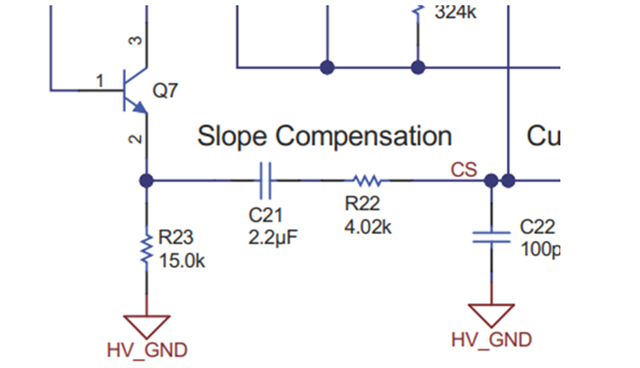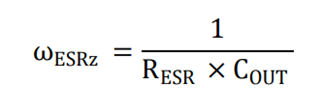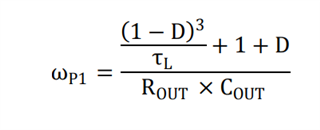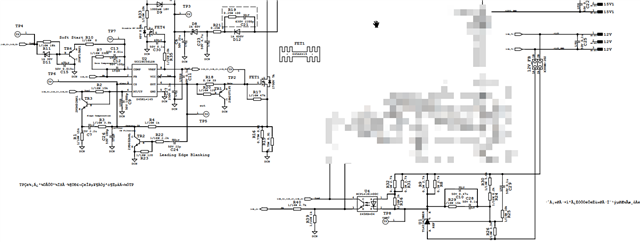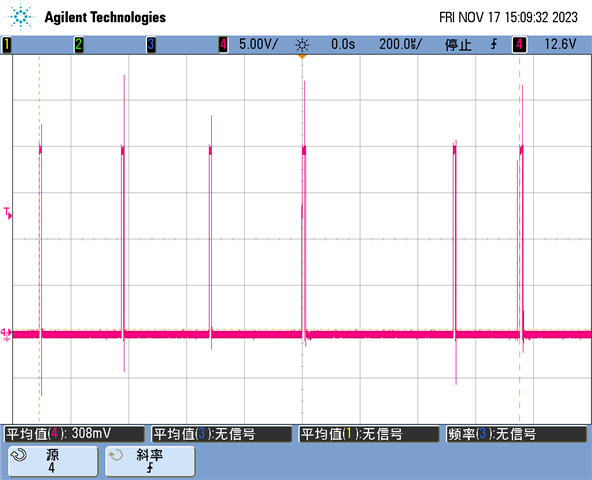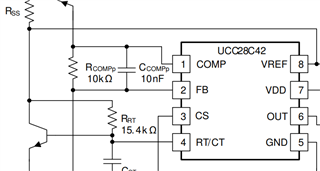Other Parts Discussed in Thread: TLV431,
Hi team,
1. What is the specific polynomial of s(f) in this equation in the datasheet?

2.Can you provide me with the Complete power transfer function based on the circuit of fig 9-3 in the datasheet?
Thanks
Lillian


